Harvard
Latest
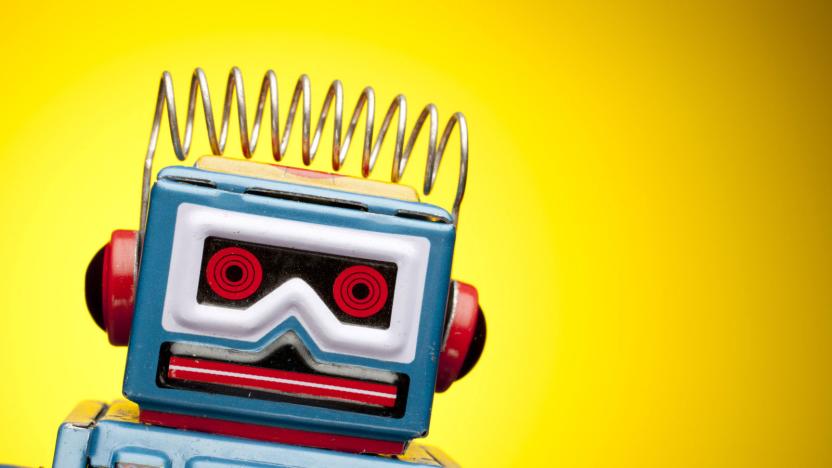
eBay and LinkedIn founders back research into ethical AI
Some big names in the tech world aren't just fretting over the possibility of dangerous AI, they're taking steps to make sure it doesn't happen. LinkedIn founder Reid Hoffman and eBay founder Pierre Omidyar (through his Omidyar Network) are pouring a total of $20 million into a newly created Ethics and Governance of Artificial Intelligence Fund that will fuel research into the social considerations around AI. The organization wants to be sure that machines aren't just guided by "engineers and corporations" -- they should consider the input of everyone from social scientists through to economists and politicians.

Doctors can now sift bacteria from your blood using magnets
Sepsis, or blood poisoning, is no joke. More than half the people who contract the condition end up in the morgue. The conventional treatment involve the liberal application of antibiotics at the first sign of infection, though as we discovered on an American pig farm Wednesday, even our best meds may no longer be enough. And that's where the magnets come in.

Exotic bird inspires cheaper light-based camouflage design
Colors usually come from pigments or dyes, but are also created when light is refracted and reflected by microscopic structures. Those iridescent hues, known as "structural coloration," are often seen in nature on bird or butterfly wings. While durable and potentially useful for military and industrial applications, it's difficult and pricey to produce. However, Harvard University researchers have developed a robust and inexpensive way to build materials with structural coloring that could be used for camouflage, solar cells and optical switches.

Scientists think this is where your consciousness lives
You're reading this right now. Yes, sure, your eyes are converting incoming photons into electrical impulses which travel up the optic nerve into your visual cortex, which in turn processes that information into coherent thought. But you -- the active consciousness that constitutes your personality-- are reading this. And now a team of Harvard scientists think they've figured out how that works.

ICYMI: Treat all your wine right with a $1,500 fridge
try{document.getElementById("aol-cms-player-1").style.display="none";}catch(e){}Today on In Case You Missed It: A wine fridge called Plum can scan your wine bottles, seals so they stay fresh and then calibrates the temperature inside for maximum deliciousness of pour for every glass. Downside? It's $1,500 so you could take a vacation to wine country instead. Meanwhile, Harvard scientists announced a 3D-printed heart on a chip that has integrated sensors, so it can be used to test medications, which should rapidly accelerate medical studies. The most detailed Milky Way Galaxy yet is here. The particle accelerator on a chip talk at the SLAC lab is here and the Singapore driverless bus news is here. For drones attempting a lightbulb change, go here. As always, please share any interesting tech or science videos you find by using the #ICYMI hashtag on Twitter for @mskerryd.
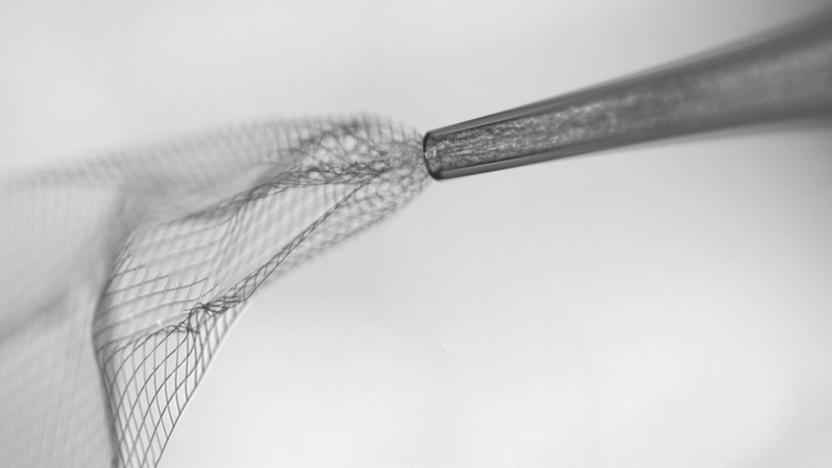
Brain-fixing injectable wires will soon be tested on humans
Last year, a team of Harvard University researchers revealed that they created a wire mesh doctors can inject into the brain to help treat Parkinson's and other neurological diseases. They already successfully tested it on live mice, but now that technology is ready for the next stage: human testing. The mesh made of gold and polymers is so thin, it can coil inside a syringe's needle and doesn't need extensive surgery to insert. Once it's inside your head, it merges with your brain, since the mesh has spaces where neurons can pass through.
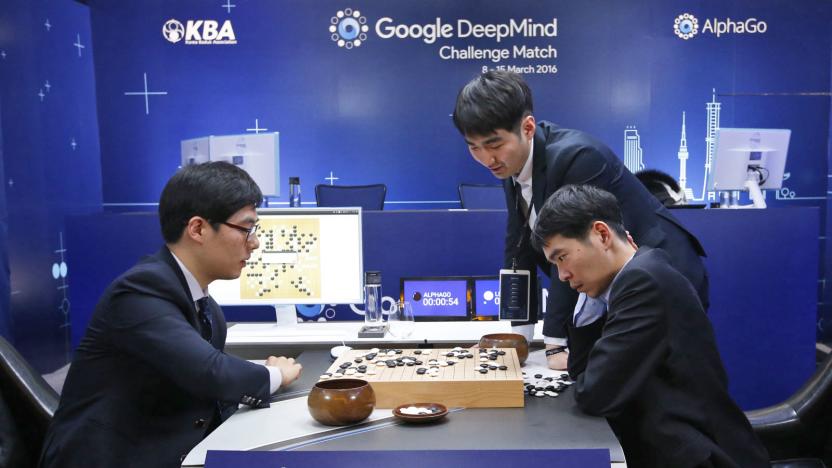
Neural networks are powerful thanks to physics, not math
When you think about how a neural network can beat a Go champion or otherwise accomplish tasks that would be impractical for most computers, it's tempting to attribute the success to math. Surely it's those algorithms that help them solve certain problems so quickly, right? Not so fast. Researchers from Harvard and MIT have determined that the nature of physics gives neural networks their edge.

ICYMI: The first autonomous robotic octopus has arrived
try{document.getElementById("aol-cms-player-1").style.display="none";}catch(e){}Today on In Case You Missed It: Harvard Researchers created the world's first fully-autonomous octo-robot, something that runs on hydrogen peroxide and moves by pumping oxygen into its tentacles. We'd be afraid, except it looks so similar to what research vessel EV Nautilus just spotted in the sea that we can't help but be charmed instead. If you're more into nature as medicine, you may be interested in the study that showed houseplants may be better at removing air pollution than many ventilation systems.
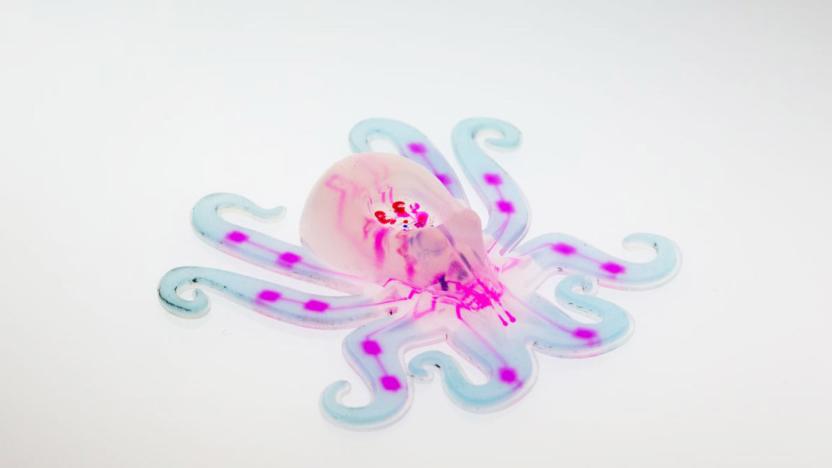
Harvard's Octobot is a soft, fully autonomous robot
See that pretty translucent octopus up there? That's not a toy or a real (but strange) creature from the deep: it's a soft robot developed by a team of Harvard University researchers, and it's completely autonomous. "Octobot's" components, including its fuel storage system, are all 3D printed. But since it's nowhere near the first squishy robot out there -- other Harvard researchers created their own in the past -- what's truly impressive is the system that gives it the ability to move on its own.

Zika virus' effects are broader than first thought
The Zika virus is primarily known to cause microcephaly (small heads) in the babies of infected mothers, but its effects may be wider-ranging than first thought. A Harvard-led study has conducted brain scans of 45 Brazilian babies from Zika-stricken mothers, and the data suggest that even those children born without conspicuous problems may suffer later on. Ultimately, Zika is disrupting brain development -- microcephaly is a frequent result of that, but there can also be issues around the cortex (which is crucial to coordination and memory) that show up first and may only materialize on the outside as the child grows. Moreover, Zika can damage nerves in such a way that it forces arms and hands to contract.

Have a virtual visit to the Bauhaus with Harvard's collection
Bauhaus, for the uninitiated, was a German art school that unfortunately closed its doors back in 1933. It was home to thousands of paintings, sculptures, photos and other various artifacts created by artists studying everything from architecture to graphic design.

Harvard's battery tech takes cues from vitamin B2
A team of Harvard scientists on a quest to find an organic molecule that can be used to make non-toxic, low cost flow batteries found their answer in vitamin B2. By making just a couple of tweaks to riboflavin's original molecule, which converts carbs to fuel in our bodies, they were able to design one that can be used to store energy harnessed by solar and wind sources. The same team previously worked on a battery that uses a type of organic molecule called quinones and ferrocyanide (a food additive) instead of typical electrolyte. They decided to find other molecules that could lead to a version with better capacity, however, and were inspired by B2's capabilities.

ICYMI: Space foam party and mind reading for horses
try{document.getElementById("aol-cms-player-1").style.display="none";}catch(e){}Today on In Case You Missed It: A new rover concept from Harvard's SSR Lab shows a rover extruding a fast-drying foam over rocks to keep vehicles from getting stuck on other planets. University of Nottingham researchers are building an algorithm to read the moods and behavior of horses, rather than having behaviorists analyze videos on their own. You should also see this video of hardware playing a very iconic song, at least check out the hysteria around Pokemon Go, and what's going on with Mars. As always, please share any interesting tech or science videos you find by using the #ICYMI hashtag on Twitter for @mskerryd.

Harvard researchers built a living robot out of rat hearts
What do you get when you mix the heart cells of a rat with silicone from breast implants and then sprinkle in a bit of gold and genetic engineering? No, not Trump's next trophy wife -- you actually get this incredible "living" robot. Developed by a team of researchers at Harvard University, the bio-engineered marvel looks, flexes and swims just like a tiny stingray.
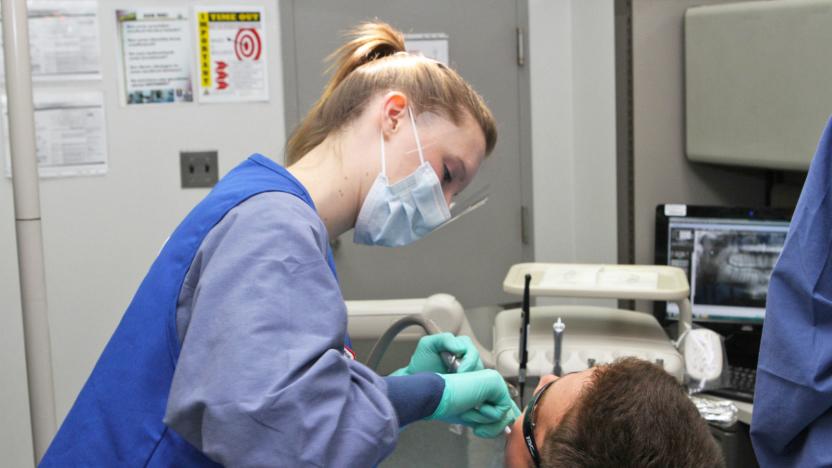
Regenerative tooth fillings could put an end to root canals
You really don't want a root canal, and not just because it's potentially painful. Emptying the tooth of the infected tissue at its heart potentially weakens it, since you can't grow that organic material back or put toxic fillings in its place. Researchers may have a solution, though. They've crafted fillings that get the tooth's own stem cells to regenerate and repair tissue. This doesn't mean that your pearly whites would return to normal, but the substance could heal the tooth enough to spare you a root canal or prevent fillings from going south.
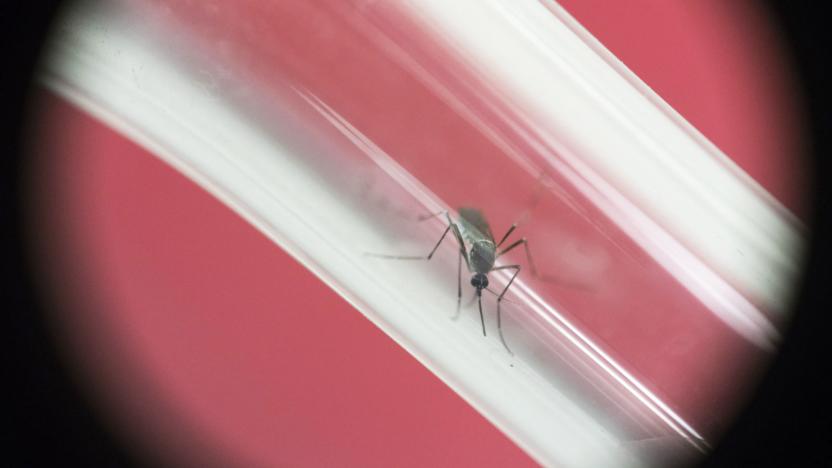
Further Zika studies increase the chances of a vaccine
The hopes for a Zika vaccine are seemingly getting stronger by the day. To start, Harvard researchers have successfully tested two vaccine candidates in mice -- reportedly the first instance of such a treatment working in an animal. One of them relies on an inert version of the virus, while the other entails customized DNA sequences. The scientists will need to test their work on larger animals before it's declared safe, but it's promising to see two more potential safeguards on top of one discovered just days earlier.

AI is nearly as good as humans in detecting breast cancer
Someday, computers could help doctors diagnose diseases much faster than they can today. Researchers from Beth Israel Deaconess Medical Center (BIDMC) and Harvard Medical School (HMS) have developed a way to train artificial intelligence to read and interpret pathology images. Andrew Beck from BIDMC explains that their "method is based on deep learning," which is commonly used to train AI to recognize speech, images and objects. They recently got the chance to prove just how effective their technique is during a competition at the annual International Symposium of Biomedical Imaging, where the AI was tasked to look for breast cancer in images of lymph nodes.

Molecules in space may show how life formed on Earth
Scientists have known for a while that the molecular ingredients of life can be found in nearby comets and meteorites, but it's now clear that those building blocks exist much, much further away from home. A research team has used spectral analysis to discover evidence of organic chiral molecules, the "mirror-image" molecules that are key to biology as we know it, in the Sagittarius B2 cloud near the heart of the Milky Way. This doesn't meant that life is forming in space, but it does suggest that the necessary molecular properties can appear in space first and transfer to planets through meteorite impacts.

Inhabitat's Week in Green: An impressive mobile home, and more!
Is the age of the flying car upon us? This week a new report revealed that Google co-founder Larry Page has secretly invested over $100 million in two aerial vehicle startups. Meanwhile, four major political parties in Norway have proposed a ban on all gas-powered cars by the year 2025. A team of Swedish students unveiled one of the world's most energy-efficient rail-bound vehicles. A young filmmaker transformed a boring Chevy van into an incredible solar-powered mobile home. And the Coboat is a sun and wind-powered catamaran for co-working freelance nomads.
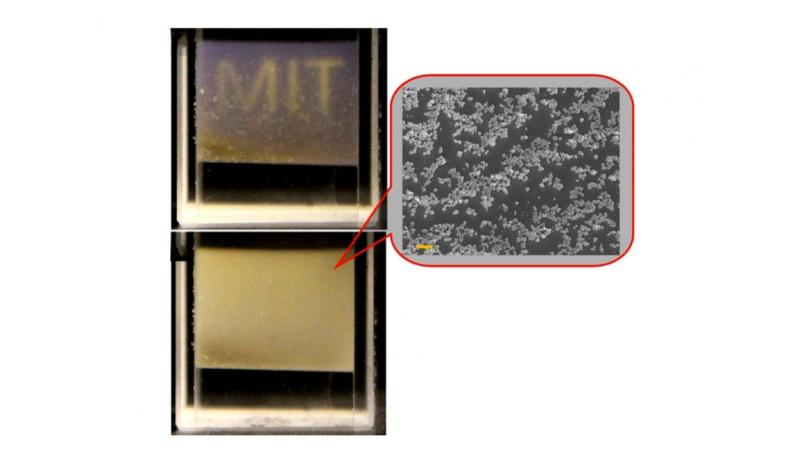
Glass particles in liquid could lead to hologram displays
Shine a torch through a window and then a glass of water and you'll notice how the light changes as it passes through these two substances. Researchers at MIT and Harvard have now discovered what happens when you mix regular liquid and glass (which, as all pedants know, is also sort of a liquid) together and stick it on a stove. The team suspended glass particles in a fluid and found that, when warmed up, its ability to scatter light increased a thousand times. That doesn't mean much right now, but the development has opened a door for research into holographic displays and medical imaging.







